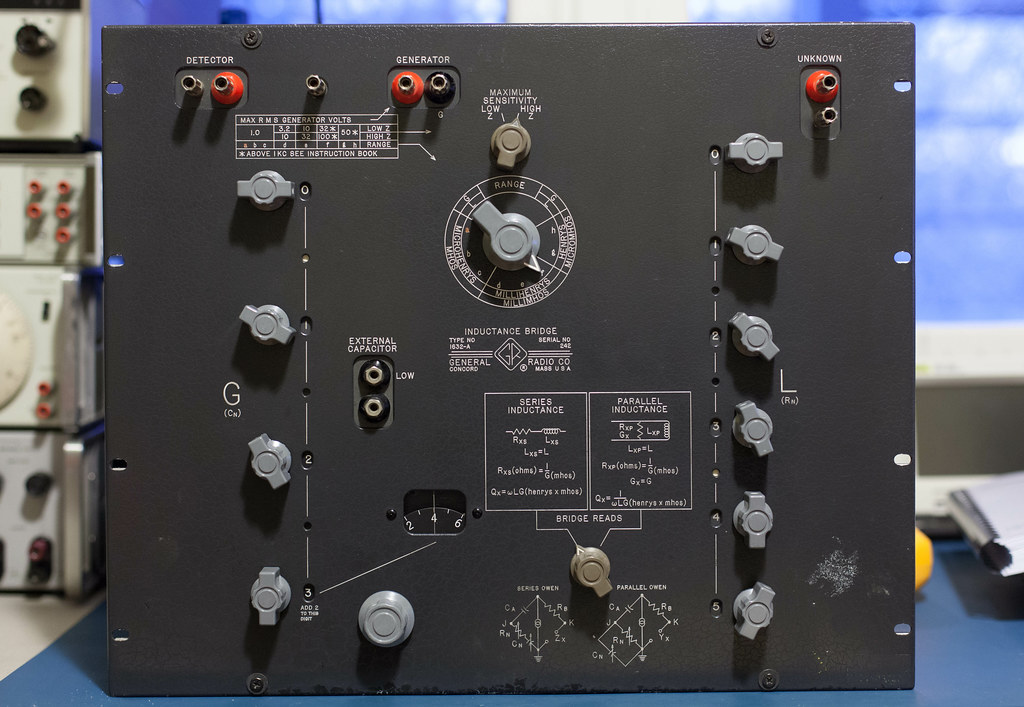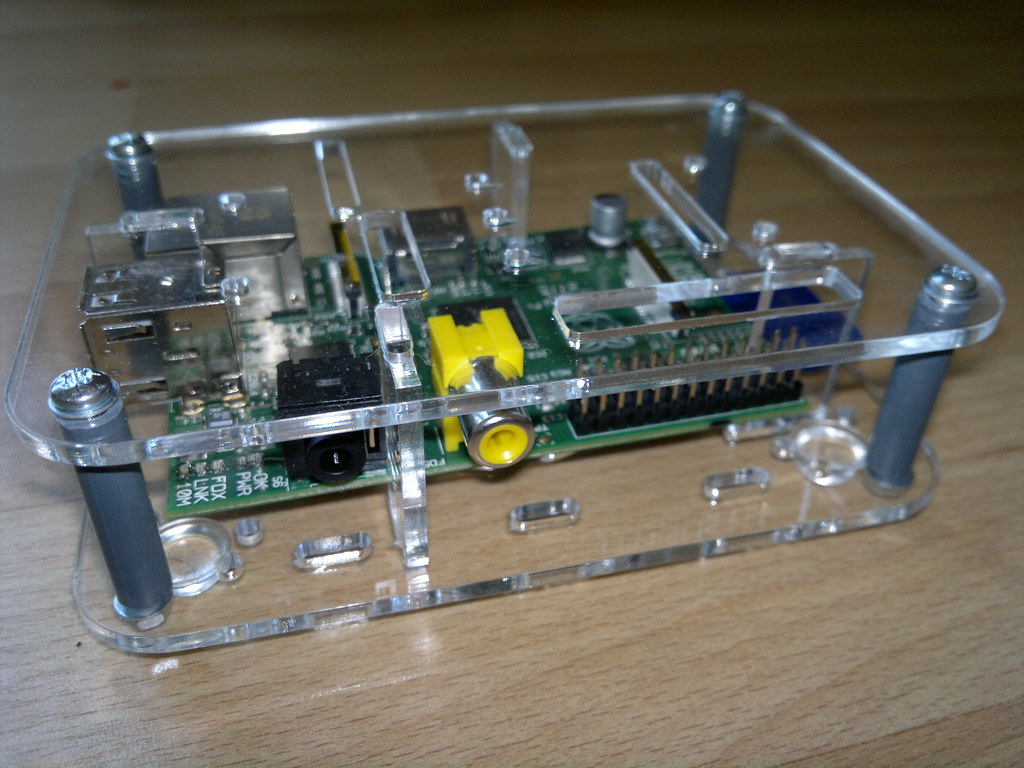Are you tired of manually managing your radio station’s programming schedule and broadcasts? Do you wish there was an easier way to automate the process and free up time for other important tasks? Look no further than the Raspberry Pi. This tiny computer packs a powerful punch, allowing you to effortlessly automate your radio station with just a few simple steps. explore how you can harness the power of Raspberry Pi for seamless radio automation, saving you time and streamlining your operations.
Introduction to Raspberry Pi Radio Automation
Raspberry Pi is a small, affordable computer that has become increasingly popular among hobbyists and professionals alike. One of its many uses is radio automation, which allows for the scheduling and playback of audio content without the need for human intervention. With the right software and setup, a Raspberry Pi can serve as a reliable and cost-effective solution for radio automation. This technology is particularly useful for small-scale radio stations or podcasters who want to streamline their broadcasting process. By automating tasks such as scheduling, playlist creation, and audio playback, broadcasters can focus on creating quality content rather than managing technical details. In the following sections, we will explore the benefits of using radio automation software on Raspberry Pi and provide tips for setting up and optimizing your system.
The Benefits of Using Radio Automation Software on Raspberry Pi
Radio automation software on Raspberry Pi can revolutionize the way you run your radio station. By automating repetitive tasks such as scheduling, playlist creation, and ad insertion, you can free up time to focus on creating quality content. Additionally, Raspberry Pi‘s low cost and energy efficiency make it an ideal platform for running radio automation software.
Using radio automation software on Raspberry Pi also allows for greater flexibility in programming. With the ability to schedule content weeks or even months in advance, you can ensure that your station always has fresh and relevant programming. Plus, with the ability to remotely access your Raspberry Pi, you can make changes to your programming from anywhere with an internet connection.
Overall, incorporating radio automation software into your Raspberry Pi setup can greatly improve the efficiency and quality of your radio broadcasting.

How to Set Up Your Raspberry Pi for Radio Automation
To set up Raspberry Pi for radio automation, you will need a few items including; the Raspberry Pi board, and an SD card with at least 16GB of storage. First, download the latest version of Raspbian OS and flash it onto your SD card using software like BalenaEtcher. Insert your flashed SD card into your Raspberry Pi board and connect peripherals such as HDMI monitor, keyboard, mouse, microphone to begin configuring it.
Next configure audio settings on the Raspberry Pi by clicking on the audio icon on the system tray then select Analog or HDMI depending on which output you want to use. To ensure smooth operation while running radio automation software(s), improve your network stability by connecting through Ethernet instead of Wi-Fi.
Lastly, install radio automation software such as Rivendell or Airtime Pro from their website(s) by following installation instructions provided in each project guide/template.

Top Radio Automation Software for Raspberry Pi
Top Radio Automation Software for Raspberry Pi
RadioBOSS is a popular radio automation software that works well with Raspberry Pi. It offers a wide range of features, including scheduling, playlist creation, and live streaming. The software also supports multiple audio formats and can be controlled remotely through a web interface.
Another great option is Airtime Pro, which is a cloud-based radio automation software that can be accessed from anywhere with an internet connection. It offers features such as scheduling, playlist creation, and live broadcasting. Airtime Pro also has built-in analytics to help you track your audience and improve your programming.
For those looking for an open-source option, Liquidsoap is a powerful radio automation software that is highly customizable. It supports multiple audio formats and can be programmed using various scripting languages. Liquidsoap also has a large community of users who contribute to its development and offer support.
No matter which radio automation software you choose for your Raspberry Pi, make sure it meets your specific needs and offers the features you require for effortless broadcasting.

Tips and Tricks for Effortless Radio Broadcasting with Raspberry Pi
Setting Up Your Raspberry Pi for Radio Automation
To set up your Raspberry Pi for radio automation, install the necessary software components and ensure that you have a stable internet connection. You can choose from popular options such as Music Player Daemon (MPD) or Liquidsoap to manage your audio files and playlists. Additionally, configuring your Raspberry Pi to run headless can help save resources and avoid any unnecessary additional hardware costs. Utilize remote access tools like SSH or VNC to control the device from another computer on the network. With a properly configured Raspberry Pi running radio automation software, you’ll be well on your way to effortless broadcasting in no time!
Choosing the Right Software for Your Radio Automation Needs
When it comes to radio automation software for Raspberry Pi, there are a variety of options available. It’s important to choose the right software that fits your radio automation needs. Look for software that is easy to use and has a user-friendly interface. Additionally, consider the features offered by the software, such as scheduling, playlist management, and remote access capabilities. Some popular options include Rivendell, Airtime Pro, and Mixxx. Do your research and choose the software that best suits your needs to ensure effortless radio broadcasting with Raspberry Pi.
Customizing Your Radio Automation System with Raspberry Pi
One of the best things about Raspberry Pi as a radio automation system is its flexibility. With a little bit of programming knowledge, you can customize your system to suit your specific needs. Utilizing programming languages such as Python or C++, you can create additional features for your software that may not be available with out-of-the-box solutions. You can also connect external hardware devices and sensors to operate with your radio automation system seamlessly, making it an even more powerful tool for streamlining workflow and broadcasting excellence.
Troubleshooting Common Issues with Raspberry Pi Radio Automation
If you encounter audio glitches or network connectivity issues while using radio automation software on your Raspberry Pi, there are a few troubleshooting steps you can take. First, make sure your Pi is running the latest version of the operating system and that all software is up to date. If you’re experiencing audio issues, try adjusting the buffer size in your audio settings. For network connectivity issues, check your router settings and ensure that your Pi is connected to the correct network. If all else fails, rebooting your Pi may solve the problem.
Why You Should Incorporate the Power of Raspberry Pi into Your Radiobroadcasting
Incorporating the power of Raspberry Pi into your radio broadcasting can revolutionize the way you manage and automate your station. With its low cost, small size, and versatility, Raspberry Pi is an ideal platform for radio automation. By using radio automation software on Raspberry Pi, you can streamline your workflow, save time and effort, and improve the quality of your broadcasts.
Whether you’re a hobbyist or a professional broadcaster, Raspberry Pi can help you take your radio automation to the next level. With its powerful processing capabilities and wide range of software options, you can customize your setup to suit your specific needs.
By harnessing the power of Raspberry Pi for effortless radio automation, you can focus on what really matters: creating great content and engaging with your audience. So why wait? Start exploring the possibilities today and see how Raspberry Pi can transform your radio broadcasting experience.
Incorporating Raspberry Pi into your radio broadcasting workflow can be a game-changer. With its low cost, compact size, and versatility, Raspberry Pi makes it easy to automate different aspects of your broadcast operation. By using the right radio automation software with Raspberry Pi, you can streamline your workflows, eliminate human error, and improve the quality of your broadcasts.
Whether you’re a small community radio station or a large commercial broadcaster looking for ways to optimize your operations, there’s no doubt that Raspberry Pi has something to offer. So why not give it a try? Set up your own system today and start harnessing the power of this incredible technology!
Questions and Answers
Who benefits from using radio automation software for Raspberry Pi?
Anyone who runs a radio station or wants to broadcast their own content.
What is radio automation software for Raspberry Pi?
It’s software that automates the process of broadcasting content on a radio station.
How does radio automation software for Raspberry Pi work?
It uses a Raspberry Pi computer to schedule and play content on a radio station.
Who can use radio automation software for Raspberry Pi?
Anyone can use it, regardless of their level of technical expertise.
What are the benefits of using radio automation software for Raspberry Pi?
It saves time, reduces errors, and ensures a consistent broadcast schedule.
How do I address concerns about the cost of radio automation software for Raspberry Pi?
While there may be upfront costs, the long-term benefits make it a worthwhile investment for any radio station.
